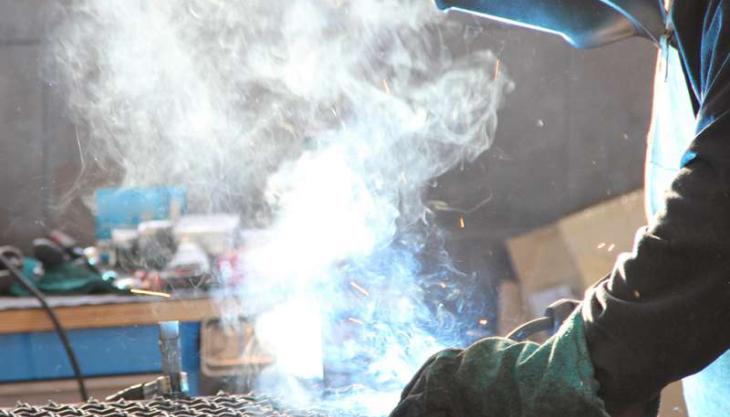Workplaces remain dangerous environments

British Safety Council supports 2018 European Week for Safety and Health at Work
EVERY year, 8,000 people die because of exposure to carcinogens at work and 13,500 new occupational cancer cases are registered in Britain (source: HSE).
In the EU context, the statistics are even more startling: there are 80,000 deaths from work-related cancer every year, while approximately 120,000 people develop cancer annually as a result of their work activities.
The 2018 European Week for Safety and Health at Work, which will run from 22–28 October, will promote the prevention of risks posed by dangerous substances within the workplace.
This is a key event in the European Agency for Safety and Health at Work’s (EU-OSHA) two-year campaign ‘Healthy Workplaces Manage Dangerous Substances’, the aim of which is to reduce the presence of and exposure to dangerous substances in workplaces by raising awareness of their risks and of effective ways of managing them.
‘Protecting workers from exposure to carcinogens is one of the key challenges for occupational safety and health in the 21st century,’ said Christa Sedlatschek, executive director of the EU-OSHA. ‘We are working to highlight the scale of the problem and the importance of preventing exposure to carcinogens at work as part of our current campaign.
‘We believe that by informing and educating workers and employers, as well as offering practical solutions, we can reduce and even eliminate exposure to carcinogens at work, thereby preventing needless suffering and deaths from cancer.’
The construction industry accounts for the largest number of occupational cancer cases, with approximately 3,500 cancer deaths and 5,500 new cancer registrations each year in Britain.
Past exposure to asbestos is the leading cause of death from occupational cancer today, but exposure to silica, diesel engine exhaust emissions, solar radiation, shift work and welding fumes might become the main causes of occupational cancer in the future.
David Parr, policy and technical services director at the British Safety Council, said: ‘Although use of some of the most dangerous substances, such as asbestos, is now banned or strictly controlled, modern workplaces continue to expose workers to dangerous agents, such as highly toxic liquids and chemicals, as well as nanomaterials, the health risks of which are not yet fully understood but predicted to be even greater.
‘The most effective way of managing exposure to dangerous substances in the workplace is the creation of a risk-prevention culture. When this happens, workers are proactively involved in risk-assessment processes and are well informed about the dangers, as well as the control measures that can be taken to prevent or control them.’
He added: ‘Occupational exposure limits (OELs) for hazardous substances laid down in European OSH directives are crucial for the protection of workers’ health. With Brexit growing increasingly imminent, it essential that the well-established control regime relating to this issue is not compromised in any way by the UK’s withdrawal process.’









